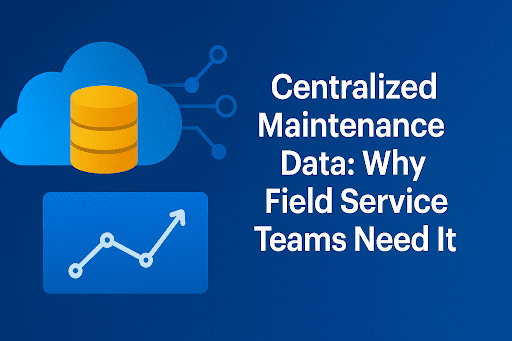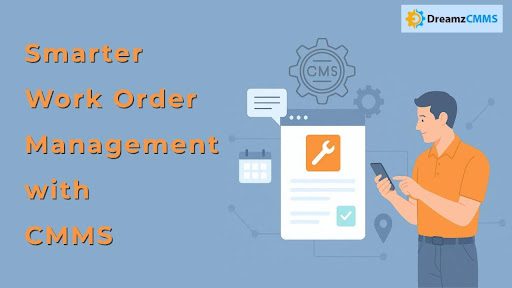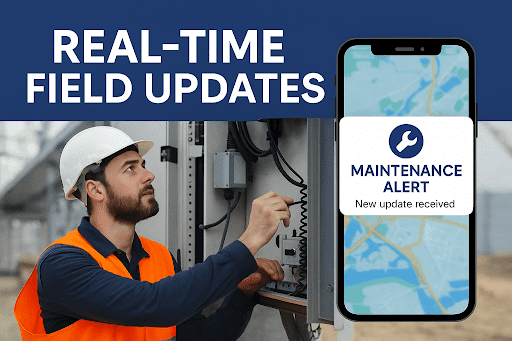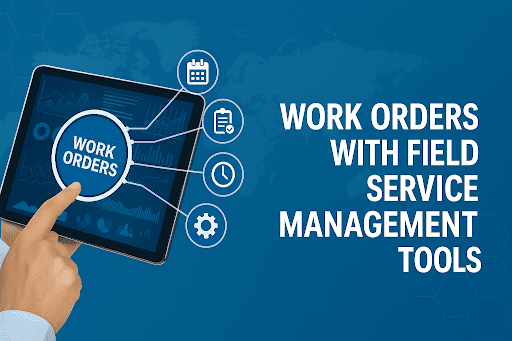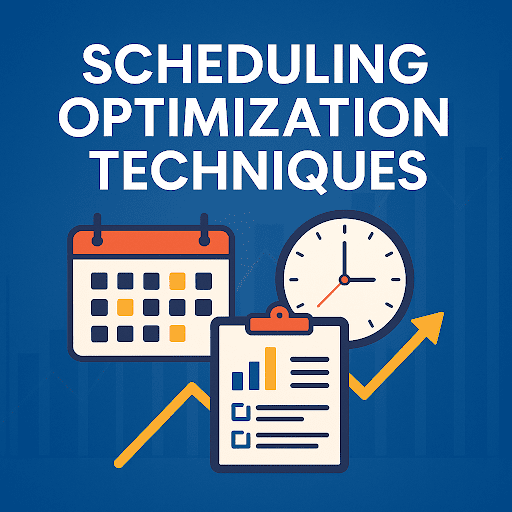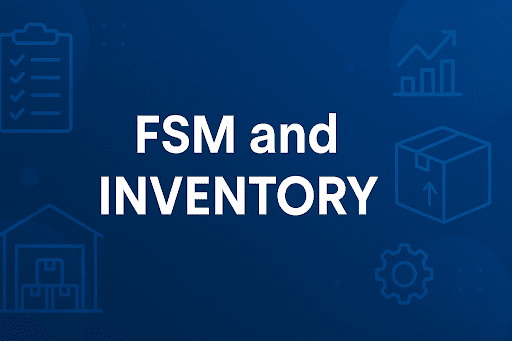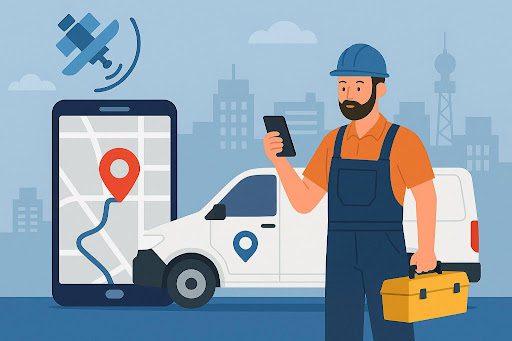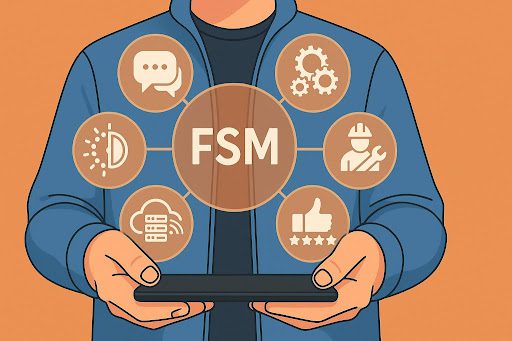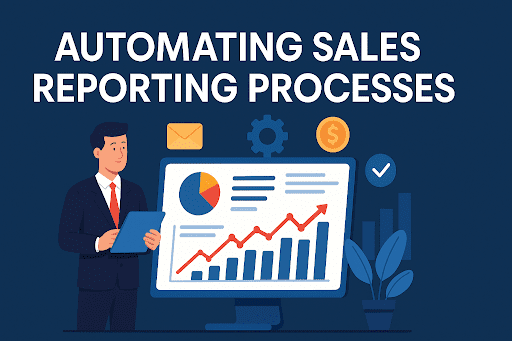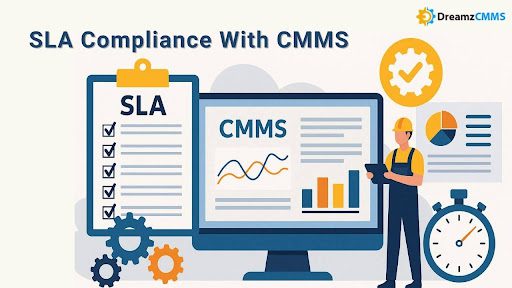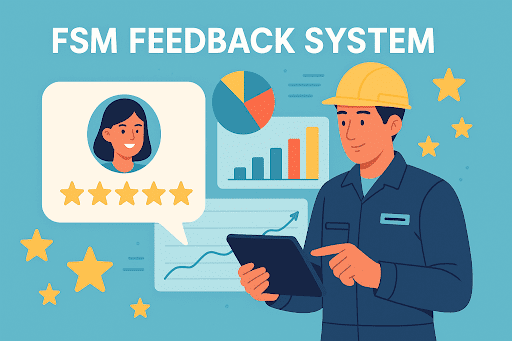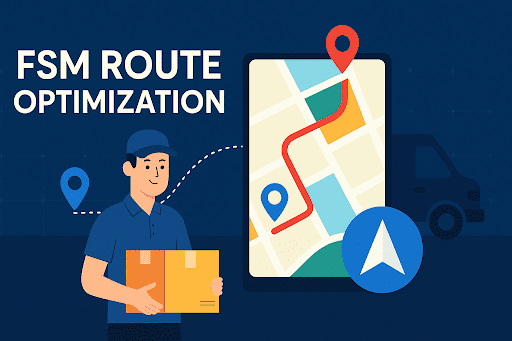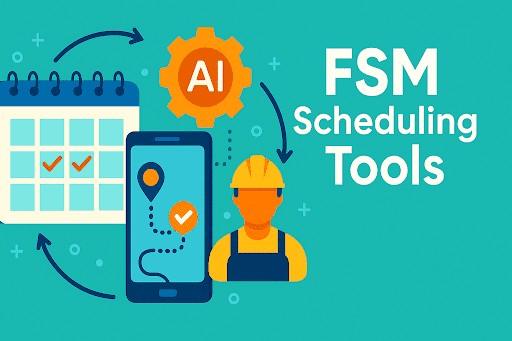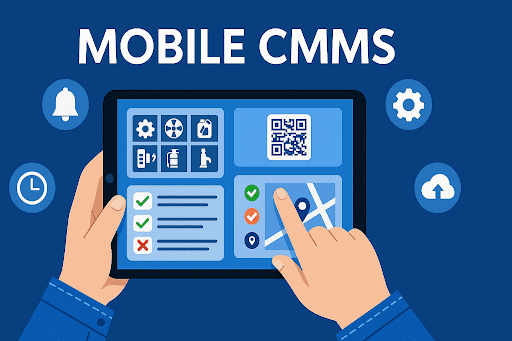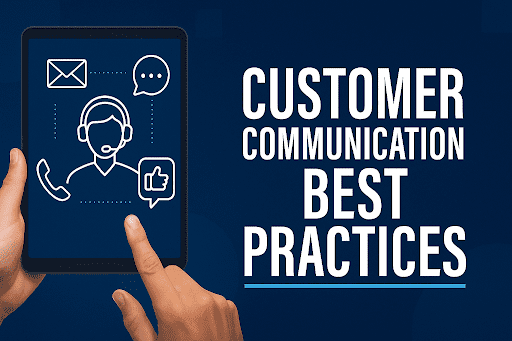 BACK TO Blog
BACK TO Blog
Asset Rental Management
Field Service
Introduction The way businesses deliver service in the Field is undergoing a major shift. Schedules are tighter. Customers want updates before they even ask. And the old ways of managing teams? They do not hold up anymore. That is why the future of Field service feels less like a trend
- May 02, 2025
- DreamzCMMS Team
- 8 minutes read

- May 02, 2025
- DreamzCMMS Team
- 8 minutes read
Introduction
The way businesses deliver service in the Field is undergoing a major shift. Schedules are tighter. Customers want updates before they even ask. And the old ways of managing teams? They do not hold up anymore. That is why the future of Field service feels less like a trend and more like a turning point.
Leaders are starting to rethink everything from how teams work in the Field to how those moments connect to the bigger picture. The smart ones are not waiting around. They use tools that keep people in sync, automate what does not need to be manual, and surface the right info at the right time.
It is not just about speed or cost. It is about creating something that works under pressure and scales without breaking. That is where field service automation, AI, and connected systems like IoT are making real progress.
What is Still Getting in the Way?
For all the progress, Field service still has cracks that show under pressure. One missed update turns into a late visit. A delay in parts throws off an entire day. The client calls asking for answers you do not have yet. These are not isolated moments. They are part of a pattern that frustrates teams and costs companies more than they realize.
The truth is, many Field operations are still running on disconnected tools. And when leadership does not have a clear line of sight into what is happening out there, decisions come slower. Reactions come too late. Visibility is gone.
Customer experience in Field service is another friction point. People expect transparency. They want to know who is coming, when, and why. And they expect the service representative to already understand their history. Without the right systems in place, that is hard to deliver consistently. Even Field service management software, when it is poorly implemented or outdated, can become part of the problem instead of the solution. This is not about blaming the process. It is about recognizing what no longer scales and finding a way forward that does.
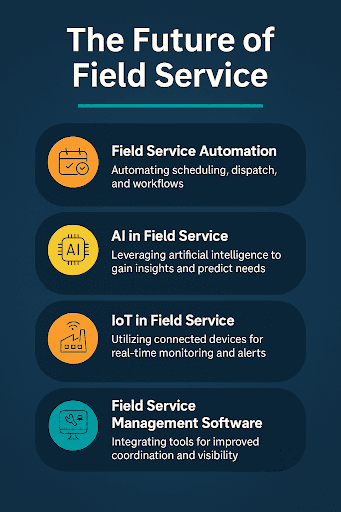
The Technologies Reshaping Field Service
The companies moving ahead in the future of Field service are the ones who have started weaving smart technology into their core processes, not just using it as an add-on.This is not about replacing people. It is about removing the friction that keeps them from doing great work.
What is making the difference?
1. Field Service Automation
Repetitive tasks eat up time. With Field service automation, scheduling, dispatch, work orders, and follow-ups are handled automatically. The result? Fewer missed steps. More completed jobs. Less pressure on the people who keep it all moving.
2. AI in Field Service
This is not futuristic. It is real, and it is already working. AI in Field service helps predict failures, spot resource gaps, and suggest the best tech or route before the human even asks. It turns data into direction and time into opportunity.
3. IoT in Field Service
Sensors, trackers, real-time alerts IoT in Field service means your equipment talks to you. When a part is wearing down or an environment changes, the system knows and it can act fast. No more waiting for a problem to show itself.
4. Field Service Management Software
Everything above works better when it is connected. That is the role of smart, modern Field service management software. You get alignment across the board: from Field teams to operations, from back office to leadership.
These technologies change how the business performs. They make information available sooner, decisions sharper, teams stronger and they give leaders something rare: control without micromanagement.
Want to see how leading companies are transforming field service in real time?Discover how DreamzCMMS Field Service Management Software brings together automation, AI, and connected tools to help field teams deliver faster, smarter, and with fewer resources. Explore the platform or schedule a tailored walkthrough |
Strategic Business Impact and Outcomes
It is one thing to upgrade technology. It is another to see what that upgrade actually delivers. When companies lean into the future of Field service, the results show up in areas that matter most to leadership.
1. More Jobs Done with Fewer Resources
With the right Field service automation in place, techs waste less time on manual updates, scheduling conflicts, or searching for information. That means they close more work orders in a day without increasing headcount. It is not just about doing more. It is about doing it better, with less.
2. Improved Customer Experience in Field Service
Fast, consistent, and proactive service keeps customers loyal. When a rep arrives with the full service history, parts in hand, and updates the system on-site, clients notice. They are not just getting a fix. They are gaining confidence.
3. Better Decisions, Backed by Data
AI in Field service gives leadership access to something they have never had before: foresight. Instead of reacting to missed KPIs, companies can identify patterns, predict service needs, and reallocate resources before problems escalate.
4. Fewer Emergencies, More Predictability
With IoT in Field service, live data from equipment, issues are caught early. That means fewer costly surprises, fewer urgent dispatches, and a smoother rhythm across operations. Predictability replaces chaos.
5. Scalable Growth with Less Operational Drag
As demand grows, smart systems scale with it. Leaders do not need to double the team to expand into new regions or take on more contracts. Automation and connected tools handle the added load without dragging down performance.
In short, this is not just digital transformation for the sake of it, it is strategic and measurable. And for companies looking to stay competitive in a fast-moving market, it is becoming non-negotiable.
What Decision-Makers Should Focus on Next?
Technology can open doors, but it is leadership that decides whether the business walks through them. For companies that are serious about the future of field service, now is the time to slow down and look up.
The goal is not just to adopt tools. It is making them part of the company’s DNA.
This monitors the speed at which a malfunctioning machine is fixed. The lower the figure, the better.
1. Think Beyond Features
There is no shortage of platforms out there. But chasing the latest release will not move the needle. The better question is: What’s slowing us down? Once that is clear, choosing the right field service automation becomes simpler. It is about fixing friction, not filling tech gaps.
2. Build for Growth You Have Not Hit Yet
Too many systems only work for now. A modern field service management software should handle scaling new locations, more teams, and unexpected demand. It should give you real-time visibility without adding more to your plate.
3. Do not Forget the People Using the Tech
Rollouts do not fail because of the software. They fail when teams do not believe in it. That is why the best uses of AI in field service and IoT come from organizations that train, support, and listen. When people trust the system, it becomes second nature.
4. Look at the Full Journey
Great service is not just fast. It is consistent and predictable. If the experience feels disjointed, the customer feels it. When you get the full process right, supported by automation and clarity, customer experience in field service becomes a competitive edge, not a challenge.
Leaders do not just react to what is broken. They build toward what is next. And in field service, that means aligning your people, your systems, and your expectations around a smarter way of working.
Final Thoughts
There is a clear direction in how service is evolving. It is faster, more connected, and it is being led by companies that are not just adding technology but using it to rethink how the work gets done.
The future of field service will not be built on yesterday’s systems. It will belong to businesses that value visibility, prioritize experience, and equip their teams with tools that help them do the job. For decision-makers, this is not a matter of if it is when. The longer the delay, the harder the shift. But getting started does not mean tearing everything down. It means choosing smarter paths forward, piece by piece.
If your field teams are still wrestling with outdated tools, inconsistent processes, or a lack of insight, now is the time to lead change. Whether it is through field service automation, data-driven planning, or connected systems like AI in field service and IoT, the building blocks are already here. Strong leadership turns those pieces into performance.
Start building a future-ready service model today.Let DreamzCMMS show you how field service can be more efficient, more visible, and more aligned with your growth goals. Schedule a strategic consultation and discover what the next level looks like for your operations. |
Ready for More?
Talk to one of our CMMS experts and see how DreamzCMMS can simplify your maintenance operations.
Book a free consultation